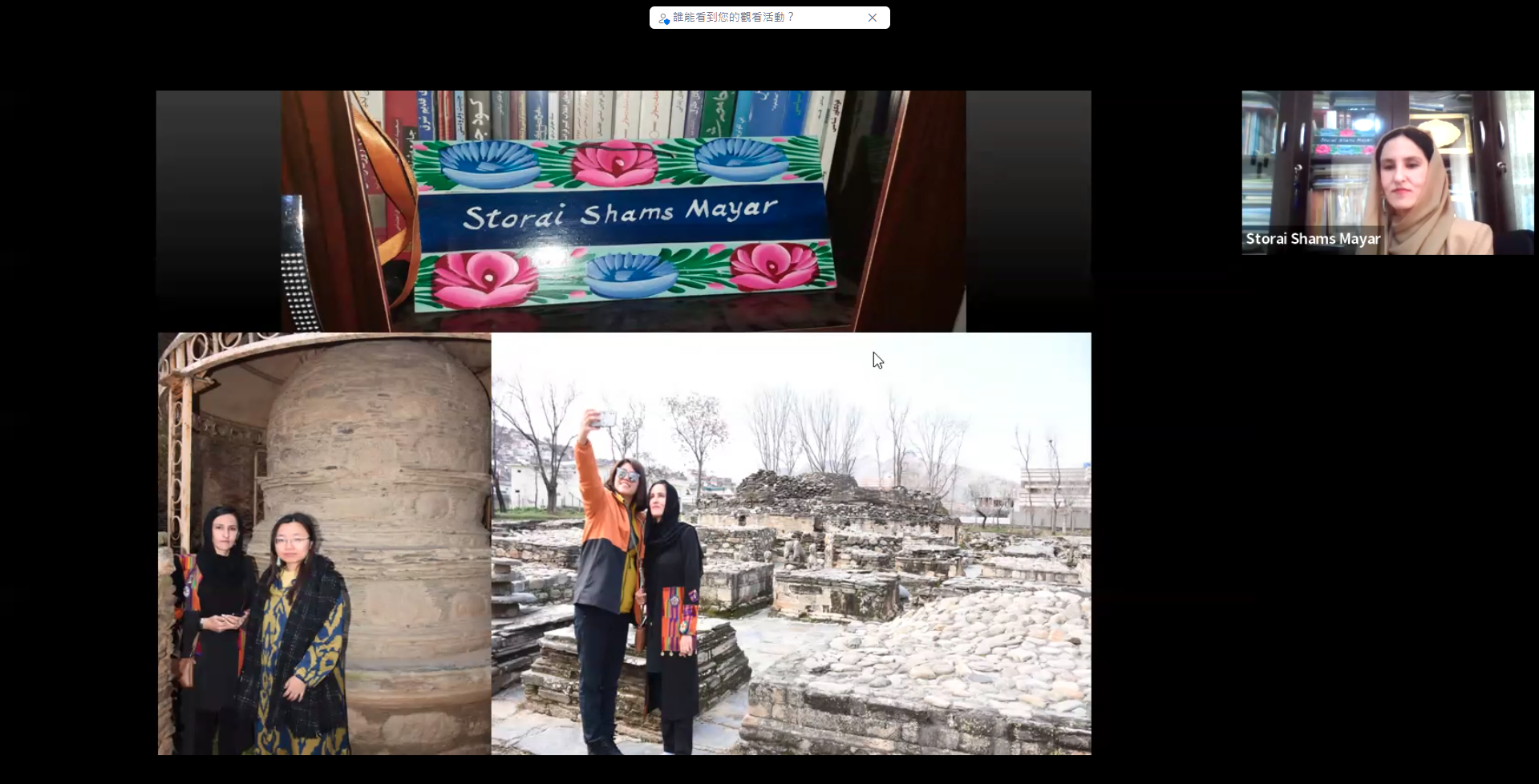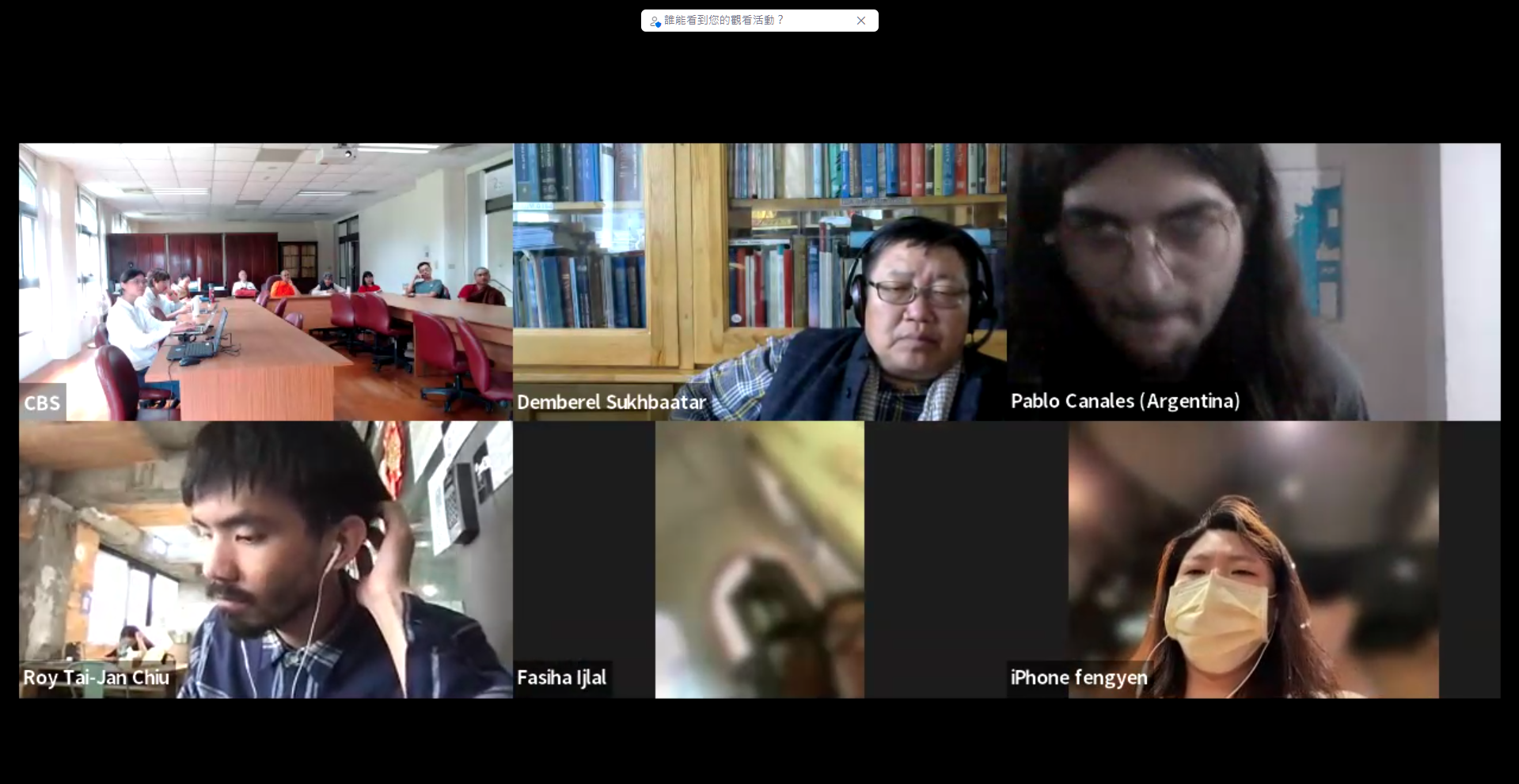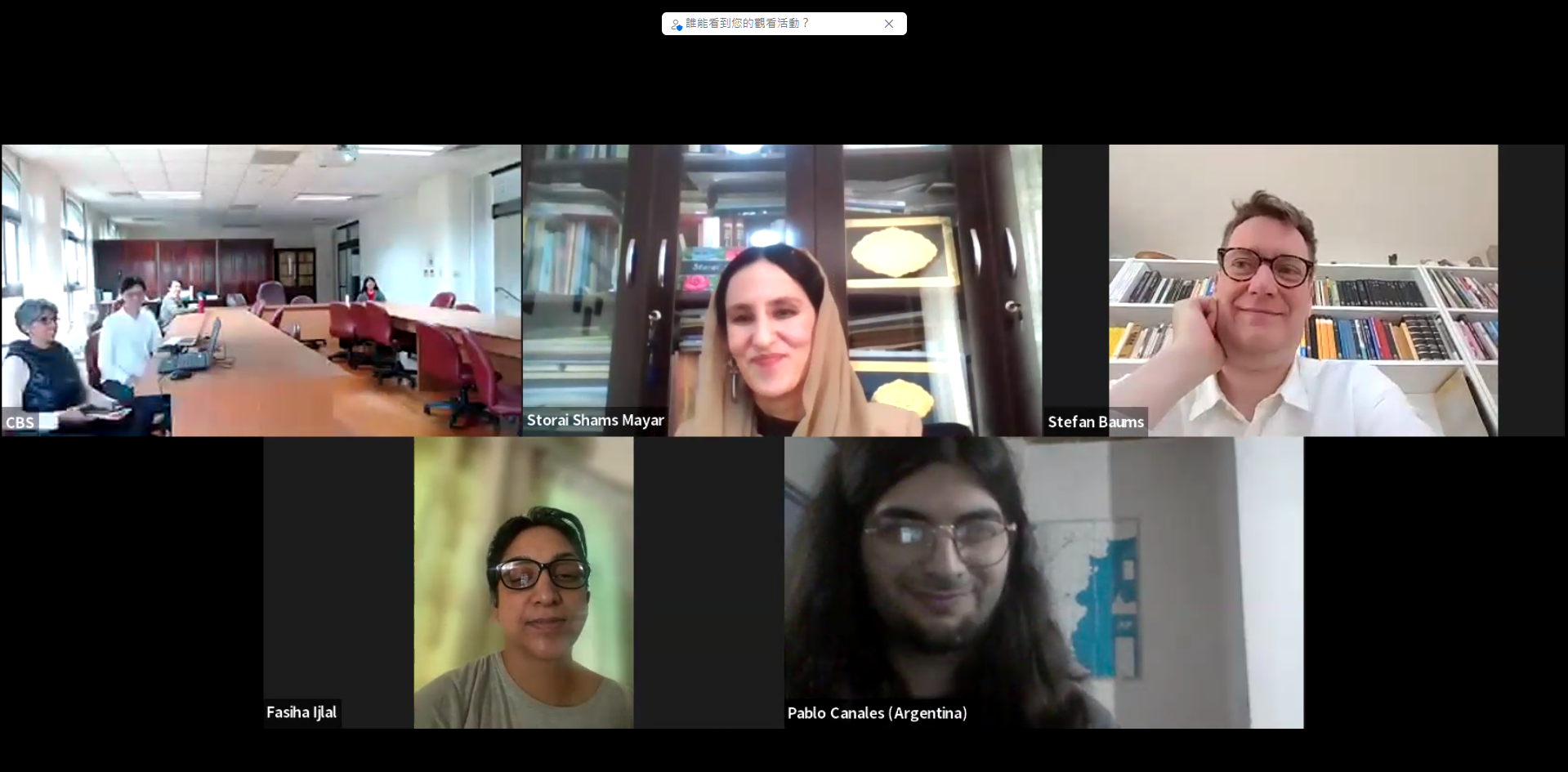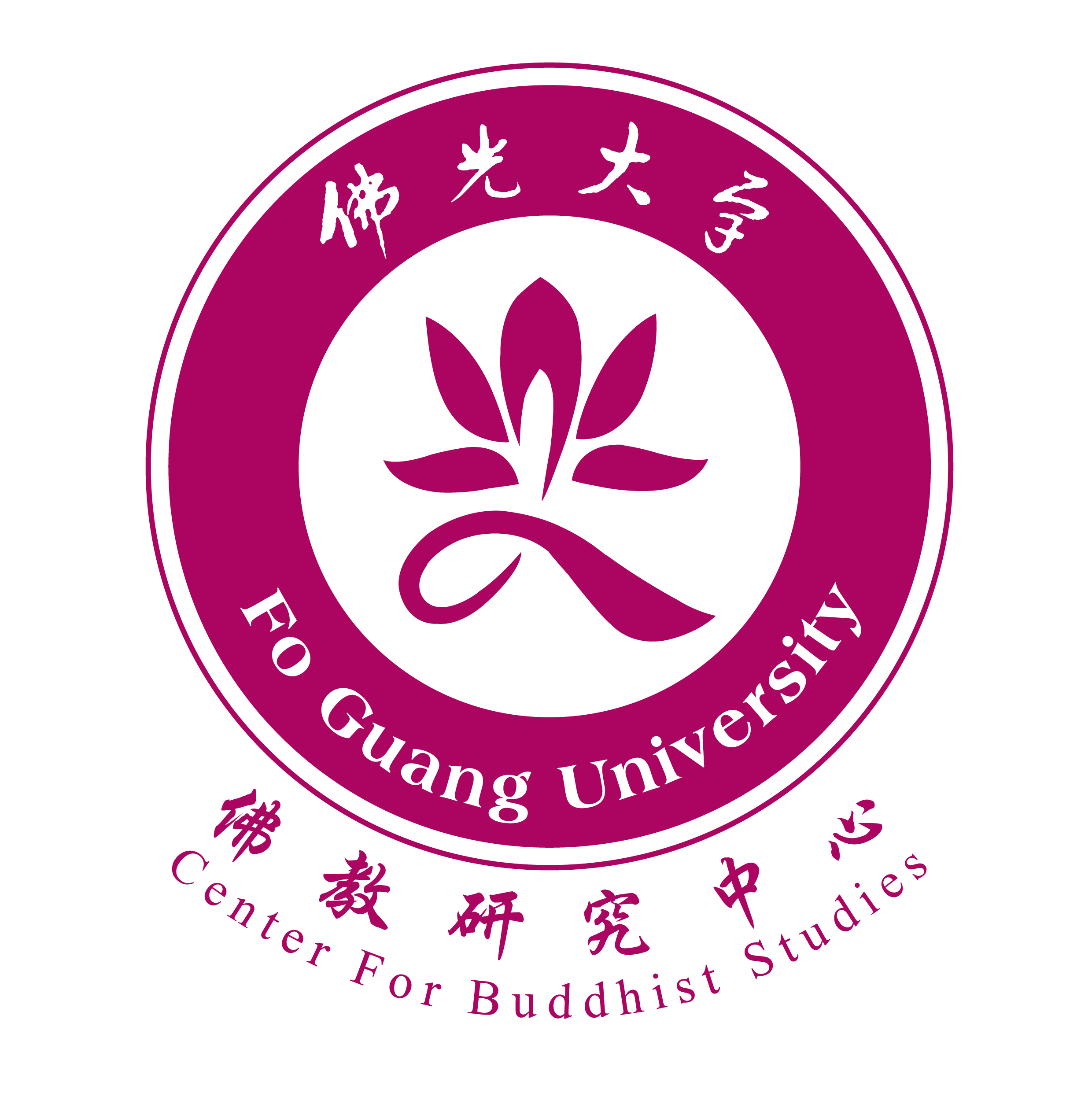The questions Professor Mayar raises and hopes to answer in today’s talk include: 1) How did Buddhism spread to Afghanistan? 2) What is the history of archaeological excavations and investigations in Afghanistan? 3) Gandhara as a rich treasure of Buddhist heritage. 4) How long were Buddhist monastics and followers present in the Gandhara region?
Professor Mayar first introduces the early transmission of Buddhism to the Gandhara regions between the mid-third century BCE when King Ashoka dispatched missionaries who reached the eastern part of the Aryana area. She points out that this is the time when Aryana land started to receive influence from Vedic culture and mixed with Greek culture inherited from Greek-Bactria. Later, during the reign of King Kanishka I of the Kushan Empire, Buddhism spread, rose, and flourished, reaching deep into the heart of Aryana land, and also spreading eastward to Central Asia, Kashgar, and China.
Archaeological excavations in Afghanistan began in the early 19th century, but many were illegal and looted valuable artifacts from 1823 to 1919 AD. Yet, around the same time, some international excavation teams also arrived. Since the 2000s, local scholars have started to collaborate with international archaeologists to excavate the Buddhist sites in the Gandhara region more systematically and have tried to preserve and reconstruct these sites in their original locations. Professor Mayar mentions that by 2024, 6069 archaeological and historical sites have been discovered, representing 43 historical periods, ranging from 50,000 to 30,000 BCE to the 14th century, including 1513 sites related to Buddhism, of which 734 Buddhist sites belong to the Kushan period. These Buddhist sites are located in the provinces of Kapisa, Parwan, Baghlan, Samangan, Balkh, Nangarhar, Bamyan, Kabul, and Logar. Among these sites, Professor Mayar particularly chooses four sites from Bamyan, Kabul, and Logar today and demonstrates many wonderful photos of archaeological findings such as stupas, wall paintings, and statues from these sites, such as the Shivaki Stupa, clay statue foot from Shivaki, the ancient Mes Aynak site from Logar Province, Top Dara Stupa, Gol Dara Stupa, and the two great Buddha statues in Bamyan.




